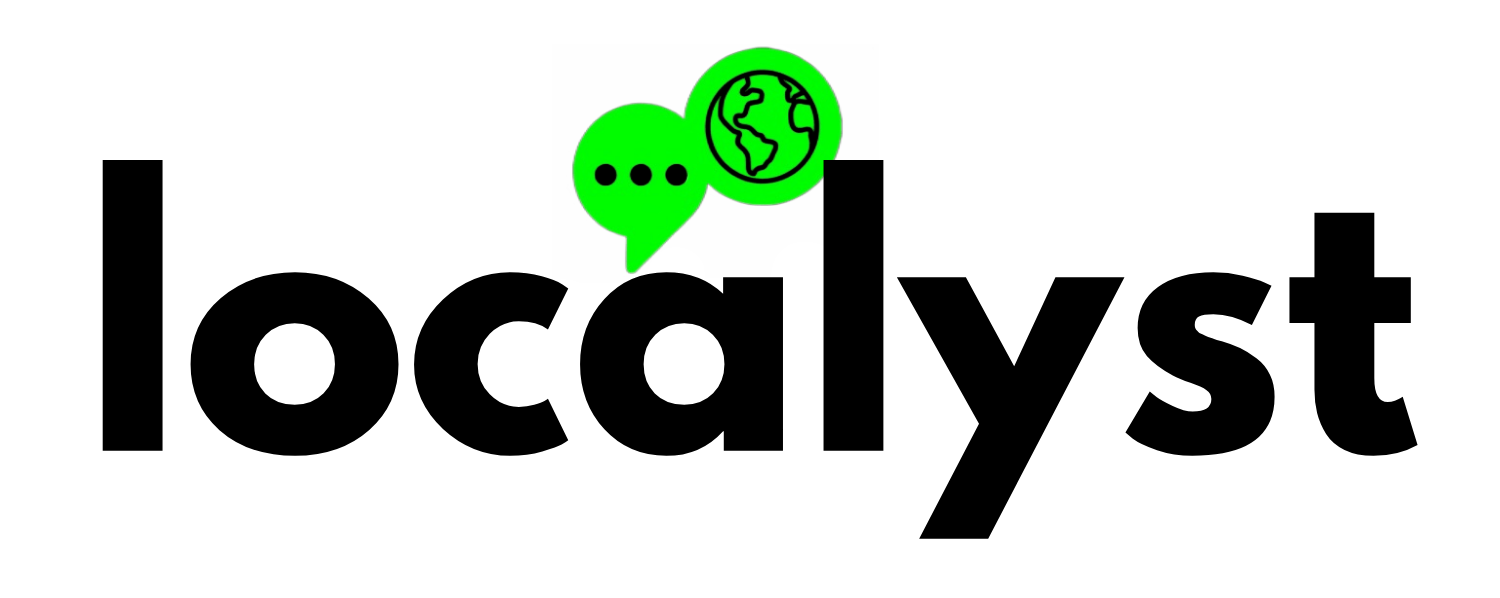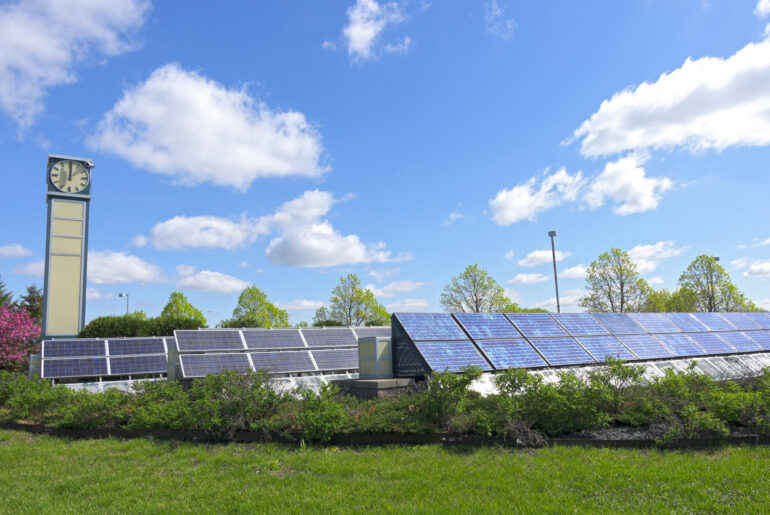Norm Welker started his days at sunrise, navigating his combine across his vast 1,000-acre farm in northwest Indiana—a ritual he’s practiced for decades. However, he took particular notice of how sunlight danced across the corn stalks and filtered through the trees bordering his property. The year 2021 marked the final corn harvest for Welker and his family. But Norm’s days of farming were far from over; he’s shifting his focus from cultivating corn to harnessing solar energy.
“We’ve always relied on the sun to grow our crops,” said the 62-year-old farmer to IndyStar. “Now, we’re going to capture it even more efficiently than ever before.”
Welker is part of a larger movement: He joined numerous local landowners participating in what is set to become the largest solar farm in the United States, located right in Indiana. Spanning 13,000 acres the project is fittingly called the Mammoth Solar Project.
The 1.65-gigawatt project is set to contribute nearly 20% to the annual budgets of involved regions through tax revenue. Additionally, the financial benefits for many landowners leasing their property to Doral Renewables are expected to surpass their usual earnings from farming or leasing the land themselves. Landowners will receive between $600 and $1,000 annually for each acre they lease for solar panels. Approximately 60 landowners have agreed to participate, with the Mammoth Solar project anticipated to bring a total investment of $1.5 billion to the state.
After years of dependence on coal, Indiana’s energy landscape is undergoing a transformation, driven by aging infrastructure and economic factors. Four of the state’s electric utilities have revealed plans to shut down their coal-fired power plants. With solar costs falling, many utilities and developers now view solar facilities as a more profitable investment compared to new coal plants. Indiana is set to welcome at least 15 solar projects, each covering over 1,000 acres, alongside various smaller solar installations.
To Welker, adopting solar energy is a natural progression in agriculture, not a departure from it. He argues that he’s already utilizing sunlight for crop growth and believes concerns about food shortages from repurposing farmland are exaggerated. This is considering that 40% of U.S. corn is used for ethanol—a fuel additive—not food. Additionally, it’s common practice for farmers to receive federal subsidies to leave certain land uncultivated, to help maintain higher corn prices.
“Utilities simply need to find a way to replace the 9,000 megawatts of predominantly coal-fired power that has been retired over the last 15 years,” Jesse Kharbanda, executive director of the Hoosier Environmental Council, told Grist.




